The peripheral veins of the legs suffer from a sedentary lifestyle, excess weight and various chronic diseases.
Varicose pathology is dangerous and painful.In the later stages, trophic ulcers appear and venous insufficiency of the deep vessels develops.It is important to recognize varicose veins at an early stage.This makes it possible to carry out gentle therapy and significantly improve the quality of life.
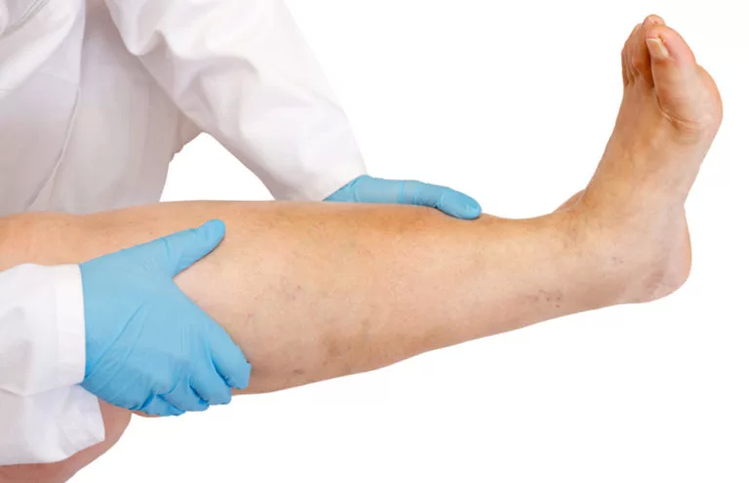
Let's take a closer look at varicose veins in the initial stage in the image of the article.
Characteristics of the disease
The initial stage of varicose veins occurs without visible changes and practically has no symptoms.In 70% of patients, venous pathology is already diagnosed in the third or fourth degree, when the condition can only be alleviated by surgery.
Varicose veins are more common in the weaker sex, as women are more prone to hormonal disorders.Men suffer from a complex form of testicular varicose veins - varicocele.But the most common form is considered a pathology of the veins of the legs.
Varicose veins of the lower uterus and rectum are dangerous - hemorrhoids.These forms often occur in women during pregnancy and do not always go away after childbirth.
Varicose veins develop in the body in the following stages:
- The valve responsible for the outflow of blood stops for some reason and the wall of the blood vessels weakens.
- Due to poor outflow, blood circulation slows down, blood clots form in the veins, and the pressure on the weakened vessel walls increases.
- The gaps narrow, and the blood does not have time to pass through the veins in the required volume.In places where blood accumulates, the walls of the veins stretch.
- As a result of the expansion, the upper walls of the venous system come closer to the epidermis and become clearly visible.The skin becomes exhausted and dry.
- The areas of accumulation of blood clots grow, the veins become elongated and "twisted".
In the case of progressive varicose veins, the veins look like thick purple ropes, are clearly visible and protrude above the surface of the skin.Trophic ulcers appear on the lid, which do not heal for a long time and start to suppurate.The disease turns into thrombosis or venous insufficiency.
It is important that the disease is diagnosed at an early stage, when gentle therapy is possible.
Causes of the disease
More than fifty reasons can cause changes in the venous system.People whose occupations are stressful on their feet and whose lifestyles are sedentary are particularly susceptible to the disease: salespeople, hairdressers, programmers, accountants, drivers.
Scientists have conducted many years of research and identified the main factors that cause varicose veins:
- Hormonal changes in the body: pregnancy, menopause, adolescence.
- Any degree of obesity.
- Genetic predisposition.70% of children whose parents suffered from venous insufficiency develop varicose veins.
- Weak muscular system.
- Wearing uncomfortable underwear: socks with tight rubber bands, tight underpants for men.
- Activity and lack of physical activity.
- Cross one leg over the other while sitting.
- Rare changes in body position: prolonged standing, lying down, sitting.
- Chronic diseases: diabetes mellitus, increased blood viscosity.
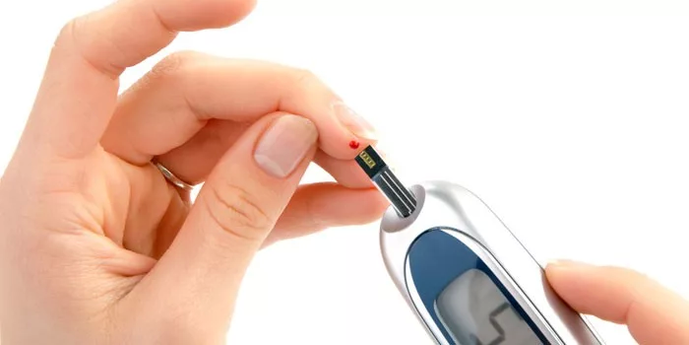
Eight out of ten people with varicose veins are women.The weaker ones are not susceptible to venous pathologies due to forced hormonal disturbances during pregnancy, after childbirth and during menopause.The second important factor why women suffer from foot pain more often than men is the love of high heels.
Men are more susceptible to the disease due to being overweight, loving fatty and spicy foods, and having a sedentary lifestyle.
Symptoms of venous pathologies
In the initial stage, the disease has no pronounced symptoms and is difficult to recognize.In the picture below, you can see the initial stages of varicose veins.It is noticeable that there is practically no change.
The disease is diagnosed only by ultrasound of the lower limbs.The first stage has different symptoms that depend on the location of the disease.
According to localization, varicose veins can be divided into types:
- Venous pathology of the vas deferens.Varicocele develops in men starting from adolescence.In the initial stage, the first sign is the different size of the testicles.Dimensional differences are acceptable, but minor.
- Varicose veins of internal organs.The intestines and uterus are sensitive to vein pathology.Genetic predisposition or portal hypertension contributes to the development of the disease.It is difficult to diagnose in the initial stage, as there are no primary symptoms.
- Varicose veins of the lower rectum are hemorrhoids.At the initial stage, a person experiences pain during visits to the toilet, walking and physical activity.Possible bleeding from the anus.
- Venous pathology of the legs.More common than other species.
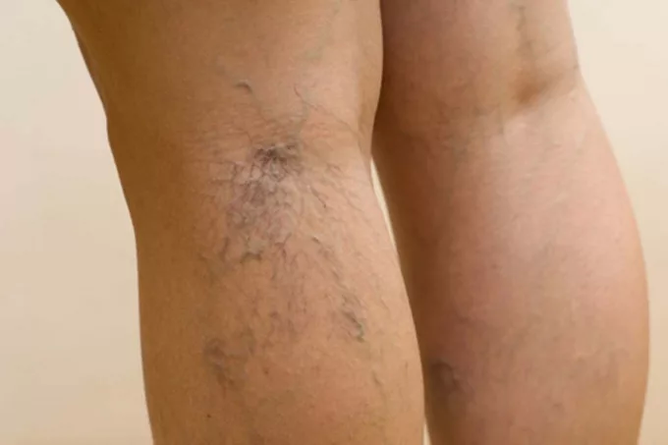
Varicose veins of the legs affect men and women at any age.People with a genetic predisposition already observe changes in the vascular system in adolescence (16-17 years old).
The first signs of varicose veins of the lower limbs include:
- By the end of the day, the legs are swollen and difficult.
- Slight itching and peeling of the skin are possible in the area of swollen veins.
- Spasms appear periodically at night.
- Dull pain after exercise.
- Light pressure on the finger causes pain.
- Spider veins appear in some places.
- The veins are soft to the touch.
In the later stages, the veins swell and become more visible.When touched, the person experiences pain.The dishes become harder and more ornate.The swelling in the evening spreads to the ankles and feet.A person experiences nagging pain, and his legs tire quickly.
If the treatment is not started at the initial stage of the disease, the blood vessels burst in some places.Blood clots appear.The skin becomes exhausted and resembles a thin sheet of paper.The affected areas are covered with ulcers.In the most advanced cases, bleeding begins and gangrene forms on the leg.Immediate amputation will be required.
The success of the therapy depends on the stage at which the disease was diagnosed.It is important to contact a phlebologist in time and get recommendations.The treatment is selected depending on the hemodynamics of the disease.The patient is asked for diagnostics: ultrasound, duplex angioscanning, radionuclide examination.
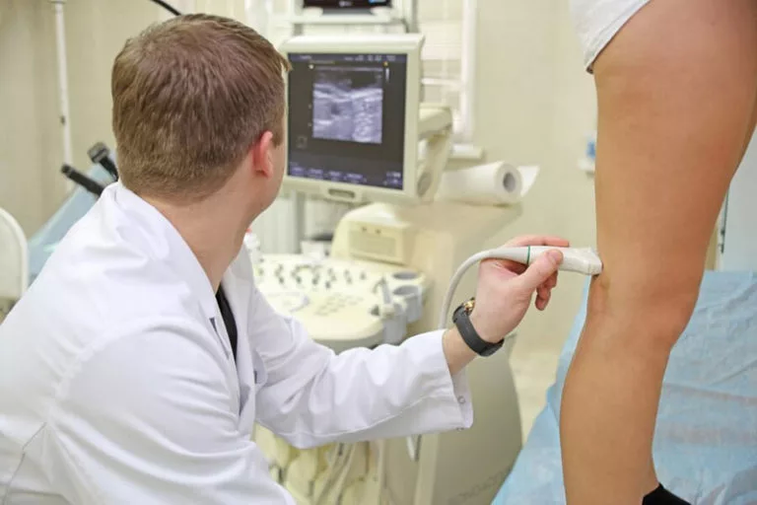
Treatment
Depending on the severity of the disease, the place of localization and the general clinical picture of the patient, one of the treatment methods is selected:
- conservative.It includes exercise, treatment with natural remedies, phlebotonics and wearing a special compression garment.
- Compression sclerotherapy.A special medicine is injected into the vein, which fills the damaged vessel and glues the torn walls together.
- Surgical intervention.It includes various techniques that are suitable for treatment at any stage of the disease.
The initial stage of varicose veins responds well to conservative treatment.The patient prescribes physical activity and special underwear is selected.Efficiency increases with the simultaneous use of traditional methods.Laser therapy is suitable as a corrective aesthetic procedure.
Rules and recommendations
In the initial stage of varicose veins, the patient is recommended to follow the following rules:
- Walk once or twice a day.You should walk at a leisurely pace, stopping occasionally to rest.
- Wear comfortable shoes with a heel of no more than 3 cm.There can be no compression devices on the upper part of the shoe, and the laces must not be tied as tightly as possible.
- They go to the gym twice a week.The load is selected individually by the doctor and the trainer.
- Review your diet.Products with a high sugar content, fatty meats, flour products and starchy vegetables are excluded from the food.Most of the diet of patients with varicose veins consists of steamed or boiled vegetables.Fried and spicy foods are not recommended.
- In the evening, the legs should rest.Elevating the leg and throwing it on a high pillow or the back of the sofa will increase the outflow of blood.
- If the work involves little movement, it is recommended to apply refreshing gels or ointments containing heparin to the legs.
- Special compression clothing or elastic bandages are used every day.Special underwear is selected by a doctor.The special feature of compression underwear is the compression function.The pressure on the body comes in different strengths, forcing the blood to circulate violently.
- Change positions often.If you have to sit all the time at work, stand up and sit down several times every 30 minutes.Exercise helps prevent the formation of varicose veins and hemorrhoids.

Simple recommendations will help prevent the development of venous pathology at the initial stage.
Drug therapy
In the initial stage of varicose veins, the skin is not yet exhausted.You can avoid dryness and peeling by using a light gel with moisturizing oils to wash your feet.Baby soap is used as a cheap remedy, then the skin is wiped and smeared with baby cream.
Creams containing herbs are effective: calendula, chamomile, celandine.It is not recommended to use alcohol wipes to wipe your feet.They dry out the skin and contribute to its exhaustion.
At the initial stage, ointments and gels with a light texture are used.Effective ointments include:
- Troxerutin.
- Heparin sodium.
- Horse chestnut gel.
Ointments and gels make the blood vessels flexible, expand and strengthen the walls.After the application, the difficulty disappears, the pain subsides, and the swelling gradually decreases.
Taking blood-thinning drugs in combination with ointments is recommended.Blood thinners are not recommended for pregnant and lactating mothers.
In order to improve heart function and strengthen blood vessels, the therapy is supplemented with multivitamins, fish oil, vitamins A and E.Vitamins should be taken twice a year: in autumn and spring.
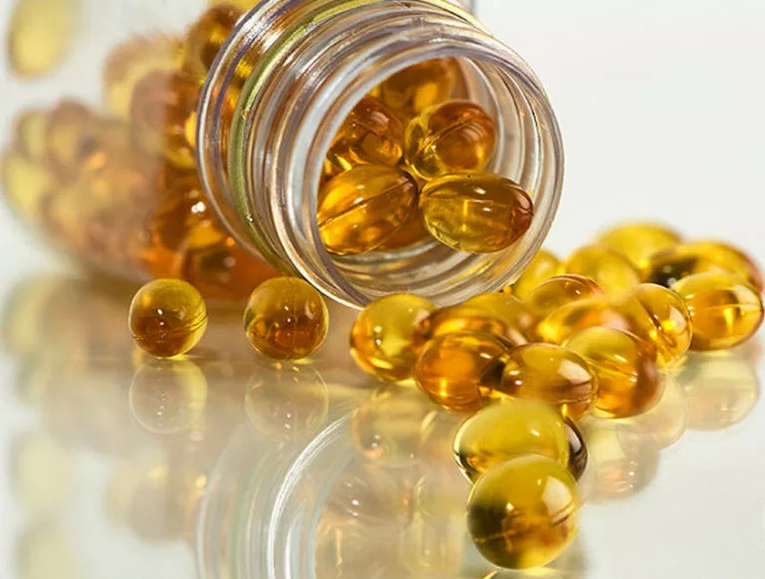
Folk remedies are combined with medicines.
Traditional methods
Herbs and natural ingredients are effective in preventing and treating varicose veins in their early stages.It is important to use folk remedies regularly and for a long time.
Soothing foot bath
To prepare the bath, you will need: three drops each of lavender and geranium oil, 2 tablespoons of sea salt, 200 ml of chamomile decoction.Pour the ingredients into a warm foot bath.Immerse the feet in heated water for 25 minutes, then wipe them thoroughly and apply troxerutin.
The benefits of the procedure increase if the bath is taken before going to bed.Oils and sea salt strengthen the blood vessels, tone and make the skin elastic.
Compress with herbal decoction
To prepare the decoction, you will need dry herbs: calendula, mint, lemongrass, sage, St. John's wort.Place the herbs in equal parts (2 tablespoons) in a thermos, pour the mixture with 1 liter of boiling water.The infusion should last for 3 hours.
Strain the soup.A gauze pad is moistened and applied to the area where the varicose veins are located.The poultice should be kept until it dries.Apply baby cream to the painful area.
Lilac flower tincture
Place the fresh lilac flowers in a half-liter jar.Should I buy flowers?the total tank volume.Everything is filled with vodka and placed in a dark place for 20 days.The finished tincture is filtered.Take 20 drops orally three times a day before meals.
The tincture cleans the blood vessels, helps strengthen the walls and normalizes blood circulation.
Fresh tomato dressing
Tomatoes contain a valuable element - lycopene, which gives the fruit its bright red color.The substance helps to strengthen the walls of blood vessels.
You will need 1-2 tomatoes to make the poultice.The amount of vegetables depends on the size of the affected area on the legs and the size of the tomatoes.Grind the tomatoes through a meat grinder or crush them in a blender.
The finished pulp is laid on a gauze napkin, which is tied to the legs.The poultice should be kept for 1 hour.Then wash the feet with warm water and apply moisturizing cream.
Vitamin mix for a healthy heart and blood vessels
In the initial stages of varicose veins, it is important to support the functioning of blood vessels and the heart.To prepare the vitamin mixture, take the following ingredients: 2-3 figs, honey - 2 tablespoons, 1 lemon with skin, ginger root 1 teaspoon, 3 cloves.
Pass the ingredients through a meat grinder and mix thoroughly.The vitamin mixture should be taken 1 teaspoon per day, in the morning after a meal.
In the initial stage, varicose veins can be cured with traditional methods, but this requires time and patience.
Cosmetic correction
In the first stage, varicose veins appear as ugly spider veins on the legs.From an aesthetic point of view, the symptom is unpleasant, especially if the woman's profession is related to the beauty of the feet.The picture below shows legs with spider veins.
There are several ways to remove spider veins on the legs:
- Sclerotherapy.
- Electrocoagulation.
- Using BBL broadband light.
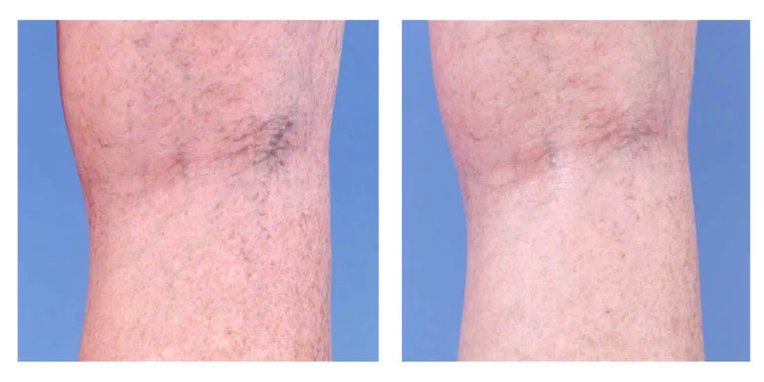
The simplest and safest method is to remove spider veins with a laser.During the therapy, rays are used that are absorbed only by the blood vessels and do not touch the skin and other tissues.Light energy enters the vessel and is converted into heat.Due to the high temperature, the walls narrow and the mesh disappears.
The laser correction procedure is quick and painless.The device is placed at the site of the vascular network and a light pulse is applied.The therapy is also effective for removing deeper veins in the case of second-degree varicose veins.The maximum correction time cannot exceed 30 minutes.You will need 1-2 procedures to remove the mesh.
In order to prevent the skin from overheating, a special freon is sprayed on it.Itching and mild inflammation may occur after laser exposure.The symptoms go away on their own within a few days.
The initial stage of varicose veins is rarely diagnosed, as the disease occurs without visible symptoms.But timely treatment is more effective.Varicose veins develop quickly and can only be treated surgically in the later stages.























